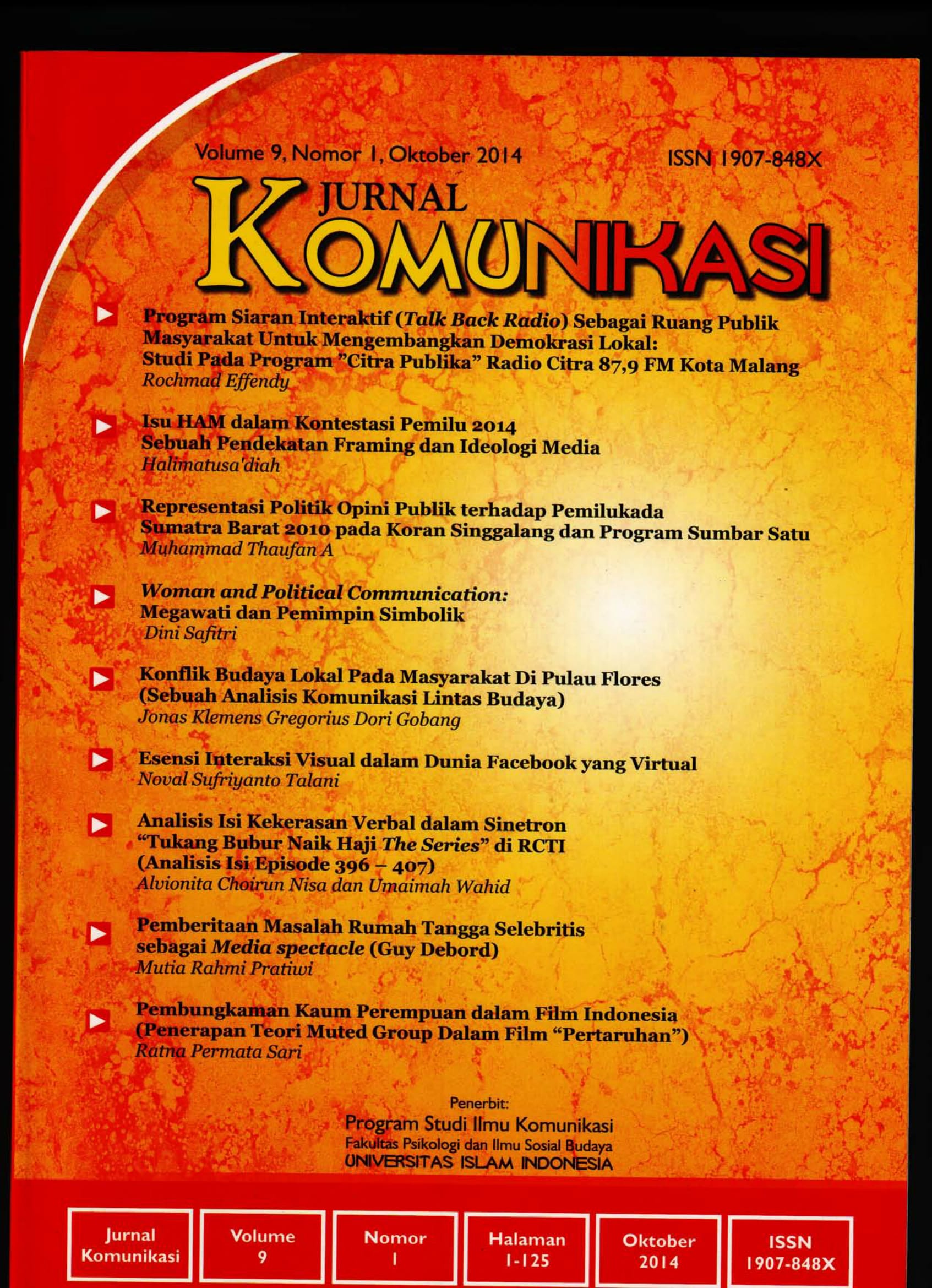Main Article Content
Abstract
Cultural conflict can occur anywhere, let alone in a place where there are fundamental differences about the culture and society supporting a culture. Local cultural conflicts in society can be triggered by various factors both in ideological and practical level. This cultural conflict can be transformed into something that benefits society supporting different cultures when it can be properly managed through the appropriate approach. This study tries to present some aspects of cross-cultural communication theory approach in scrutinizing the conflict and manage cross-cultural conflict can be a potential conflict in order to establish brotherhood and unity in the diversity of cultures that exist on the island of Flores. This study can be used as a reference to see various forms of cultural conflict found in other cultures in various places.
Article Details
License
Authors who publish with this journal agree to the following terms:
- Authors retain copyright and grant the journal right of first publication with the work simultaneously licensed under a Creative Commons Attribution License that allows others to share the work with an acknowledgement of the work's authorship and initial publication in this journal.
- Authors are able to enter into separate, additional contractual arrangements for the non-exclusive distribution of the journal's published version of the work (e.g., post it to an institutional repository or publish it in a book), with an acknowledgement of its initial publication in this journal.
- Authors are permitted and encouraged to post their work online (e.g., in institutional repositories or on their website) prior to and during the submission process, as it can lead to productive exchanges, as well as earlier and greater citation of published work (See The Effect of Open Access).
How to Cite
Dori Gobang, J. K. G. (2016). Konflik Budaya Lokal Pada Masyarakat di Pulau Flores (Sebuah Analisis Komunikasi Lintas Budaya). Jurnal Komunikasi, 9(1), 59–68. Retrieved from https://journal.uii.ac.id/jurnal-komunikasi/article/view/6773
